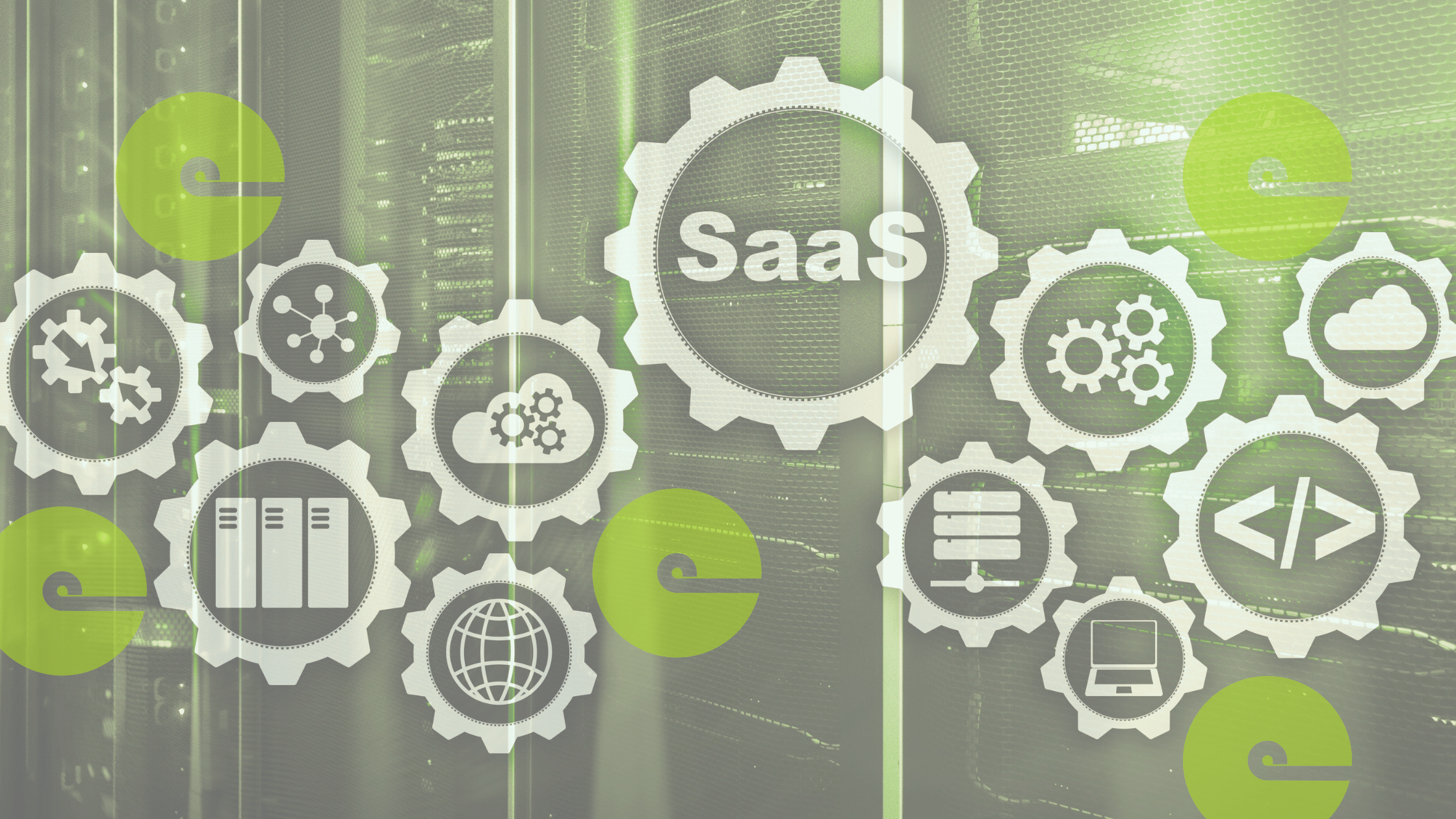Products change.
They evolve.
Commercial opportunities arise.
We work with our clients to capture ideas for future growth and build a product roadmap. Often, this is driven by us, as business owners can be too busy running their businesses. We can spot opportunities to grow within their software product.
The team often say, ‘wouldn’t it be good if’..?

They look for opportunities to improve the product that ultimately drive sales.
We want the products that we design and craft, to evolve. To be the best that they can possibly be to improve customer experience. Our team always maintain a roadmap of ideas to scale the product, add modules or improve the UI.
A well-structured product roadmap serves as both a guide and a communication tool and can excite business owners to untap new ideas and opportunities. It helps ensure the software remains adaptable, user-centric, and strategically aligned whilst keeping an eye on innovation.
Typically, what do our roadmaps include?
They tend to include two themes. A product roadmap of enhancements and ideas and one that focusses on future proofing a product. Often these are combined and then items are prioritised based on strategy and a financial plan.
- Product Roadmap: This could include features, modules, new data feeds, reporting, changes to UI and UX (often gleaned from user forums). All planned with the goal of improving the product, the experience and increasing sales.
- Future-Proofing: Our development team always look ahead to predict the future needs of the business and industry, ensuring the software evolves to remain relevant and scalable for years to come.
By its very nature, the evolution of bespoke software is highly dynamic, ensuring that it grows alongside the business it serves. Through regular updates, strategic improvements, and alignment with changing business needs, bespoke software remains a key asset in a company’s digital strategy.
User Feedback and Iterative Development
The Purple Crane Development Pathway always strives to capture and replay ideas and thoughts. User forums and feedback are ideal places to source areas for improvement or ideas to improve a product.
- Initial Deployment: After the initial release, users start interacting with the software. This phase uncovers new opportunities for improvement based on real-world use cases.
- Feedback Loop: Users provide feedback on any issues, missing features, or possible improvements. Our development team gather this feedback and plan the next set of changes, updates, or enhancements.
- Agile and Iterative Updates: This allows for continuous improvements and the ability to quickly adapt the software to evolving user requirements.
It’s crucial for business owners to understand the technology that drives software so that they are never left with technical debt or out of date software. Updates and integrations also form an important part of roadmap planning. We ensure this is explained in a way that business owners understand and can make informed decisions.
Maintenance and Bug Fixes
- Routine Updates: Like any software, bespoke solutions need ongoing maintenance. Our development team fix bugs, address performance issues, and ensure compatibility with new hardware or software environments.
- Security Patches: As cyber threats evolve, maintaining the security of bespoke software is critical. Regular security patches are applied to address vulnerabilities and ensure compliance with regulatory standards.
Scaling and Expansion
- Feature Enhancements: Over time, the software may require new features or expanded functionality as a business or service grows. This might include integrating with new systems, supporting more users, or handling larger data volumes.
- Scalability: As the business scales, the software must be able to handle increased demand. This could mean upgrading infrastructure, optimising code for performance, or redesigning parts of the system for better efficiency.
- Technology Stack Updates: To remain competitive and efficient, bespoke software often needs to incorporate new technologies. This could involve migrating to cloud platforms, adopting new programming languages, or using machine learning to enhance functionality.
We work with business owners to explore the future. The future of their business and their software product or service.
Changing Business Needs
- Business Model Shifts: If a company’s strategy or business model changes, bespoke software may need significant modifications. New markets, products, or services may require new features or integrations with third-party systems.
- Regulatory Changes: Compliance with evolving legal and regulatory requirements is essential. Bespoke software might need updates to meet new data protection laws, financial regulations, or industry-specific standards.
- Process Automation: As companies seek greater efficiency, the software might evolve to automate more business processes, reducing manual tasks and improving workflow efficiency.
User Experience (UX) and Interface Modernisation
- UX Overhauls: Over time, the user interface (UI) may become outdated, especially if competitors adopt more edgy designs. The software evolves to provide an improved user experience by simplifying navigation, adding mobile or responsive design, and ensuring accessibility.
- Mobile Integration: Bespoke software often evolves to include mobile app versions or mobile-friendly interfaces. This is almost a new product and service in it’s own right.
Integration with Emerging Technologies
- Artificial Intelligence and Automation: AI and machine learning (ML) can be integrated into bespoke systems to provide predictive analytics, automate decision-making processes, or enhance customer interactions.
- Internet of Things (IoT): For industries where IoT is relevant, bespoke software may evolve to interface with IoT devices, collecting and analysing data in real-time for smarter decision-making.
Data-Driven Evolution
- Analytics and Insights: Modern bespoke software often integrates analytics tools to track user behaviour, system performance, and other key metrics. These insights can drive future updates and help prioritize which features or fixes to focus on.
- AI-Based Optimizations: With the advancement of AI, some bespoke systems evolve to include AI-driven optimisations, helping improve performance, automate routine tasks, and make data-driven business decisions.
Continuous Improvement and Strategic Planning are crucial in ensuring the long-term success of bespoke software. Product Roadmaps are never an after thought for us at Purple Crane.
Whether we have developed your software or you have existing software. We are always happy to run a workshop based on some (or all), of these approaches to identify opportunities for growth.


